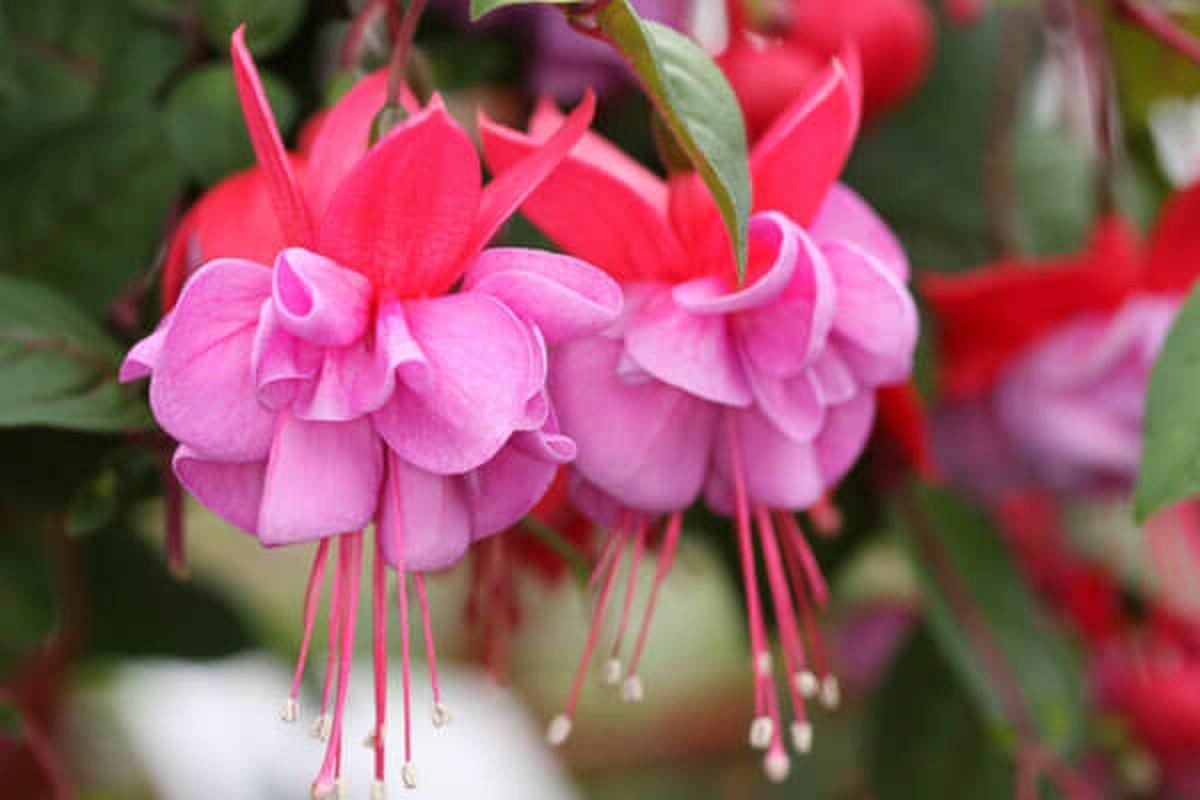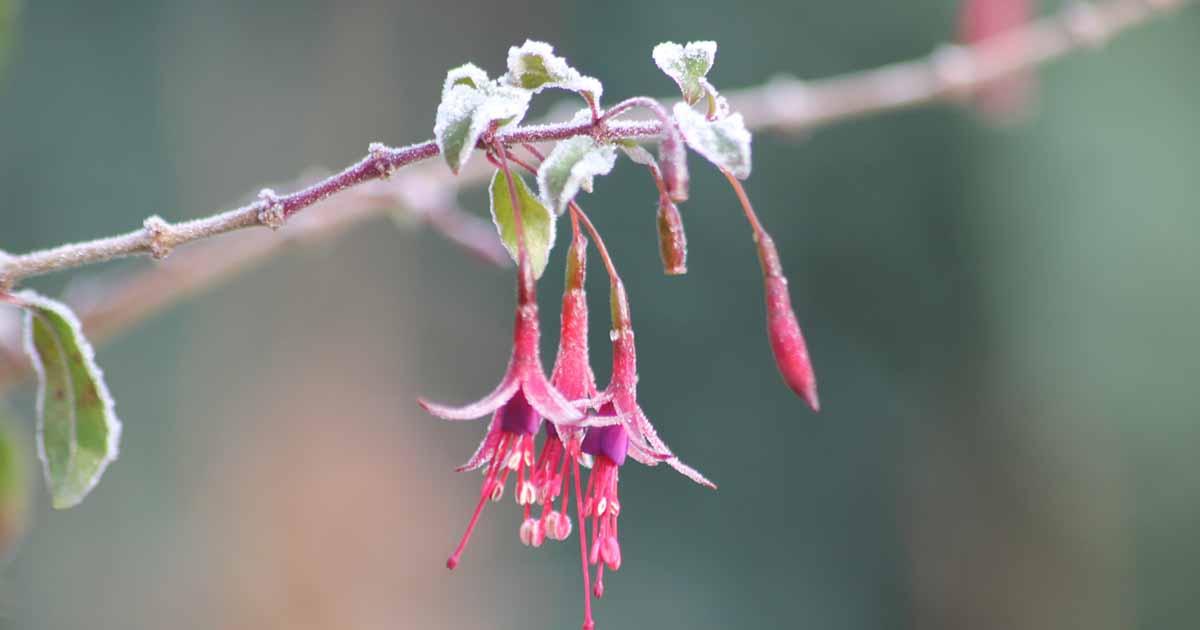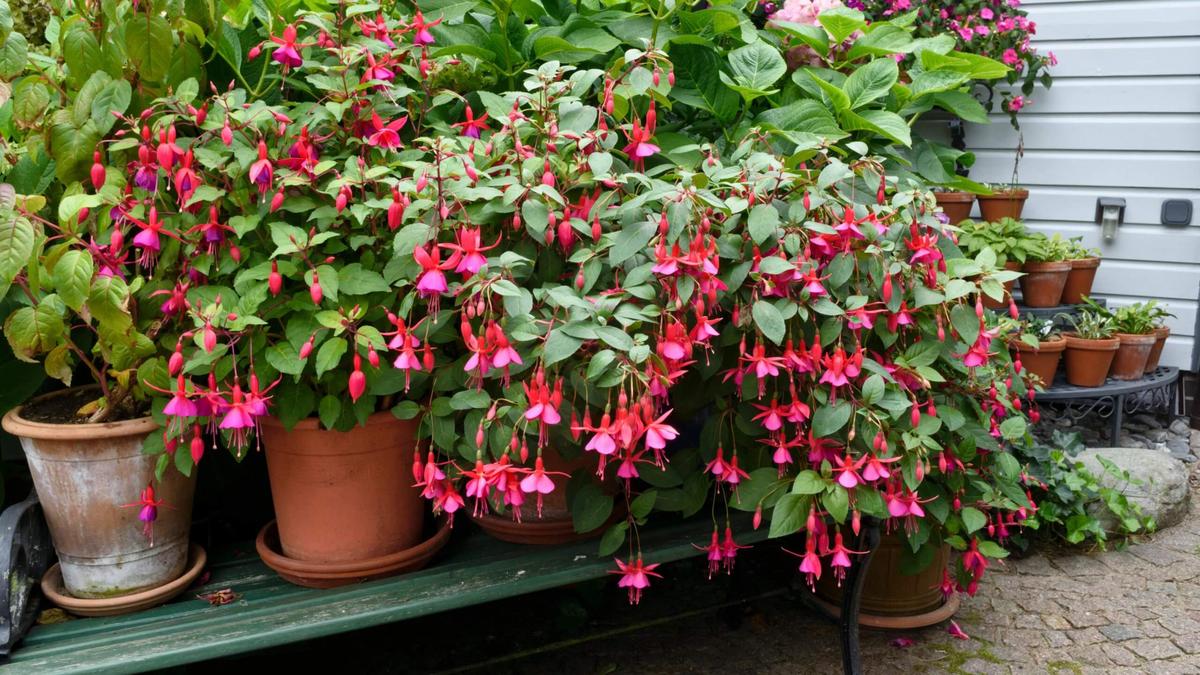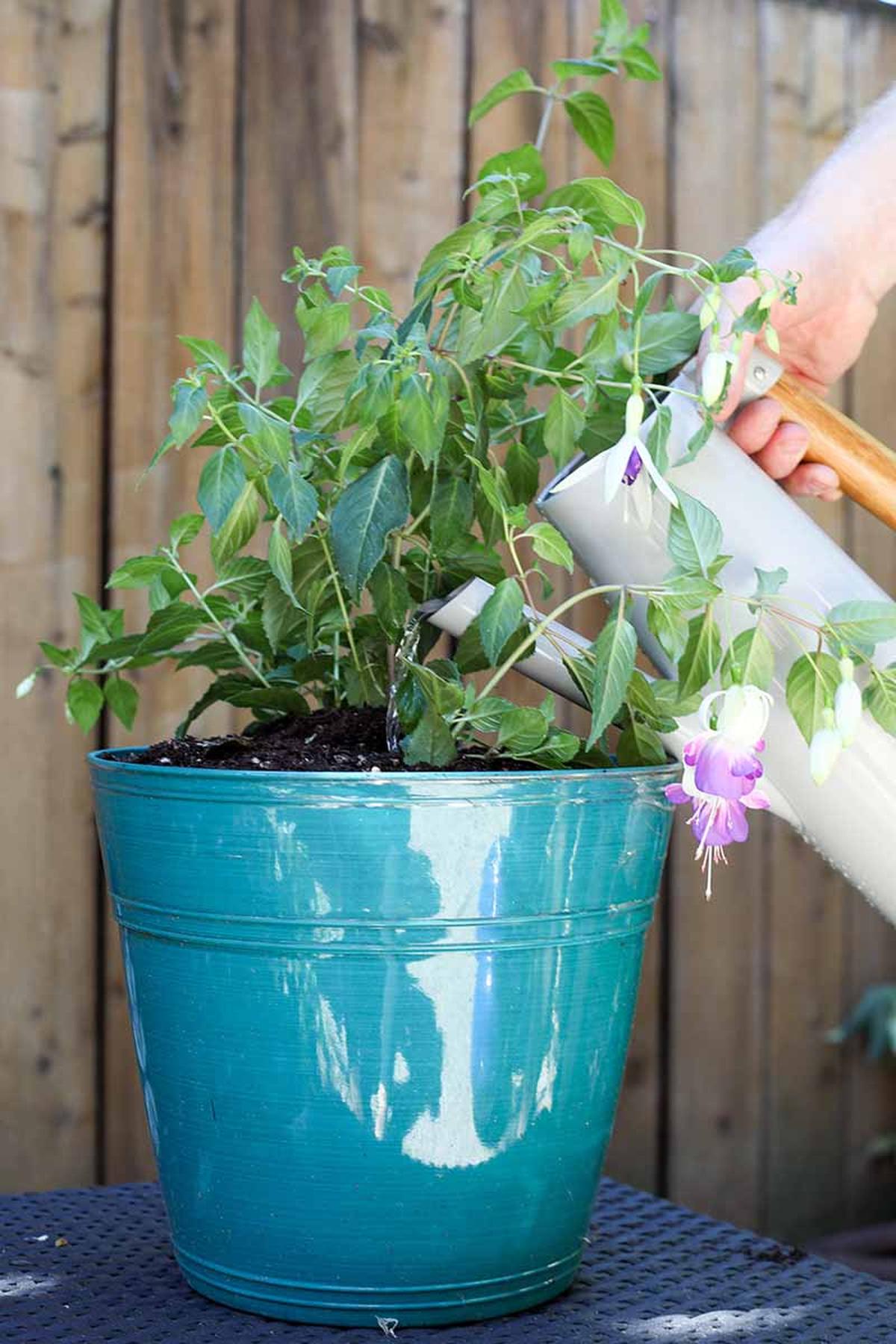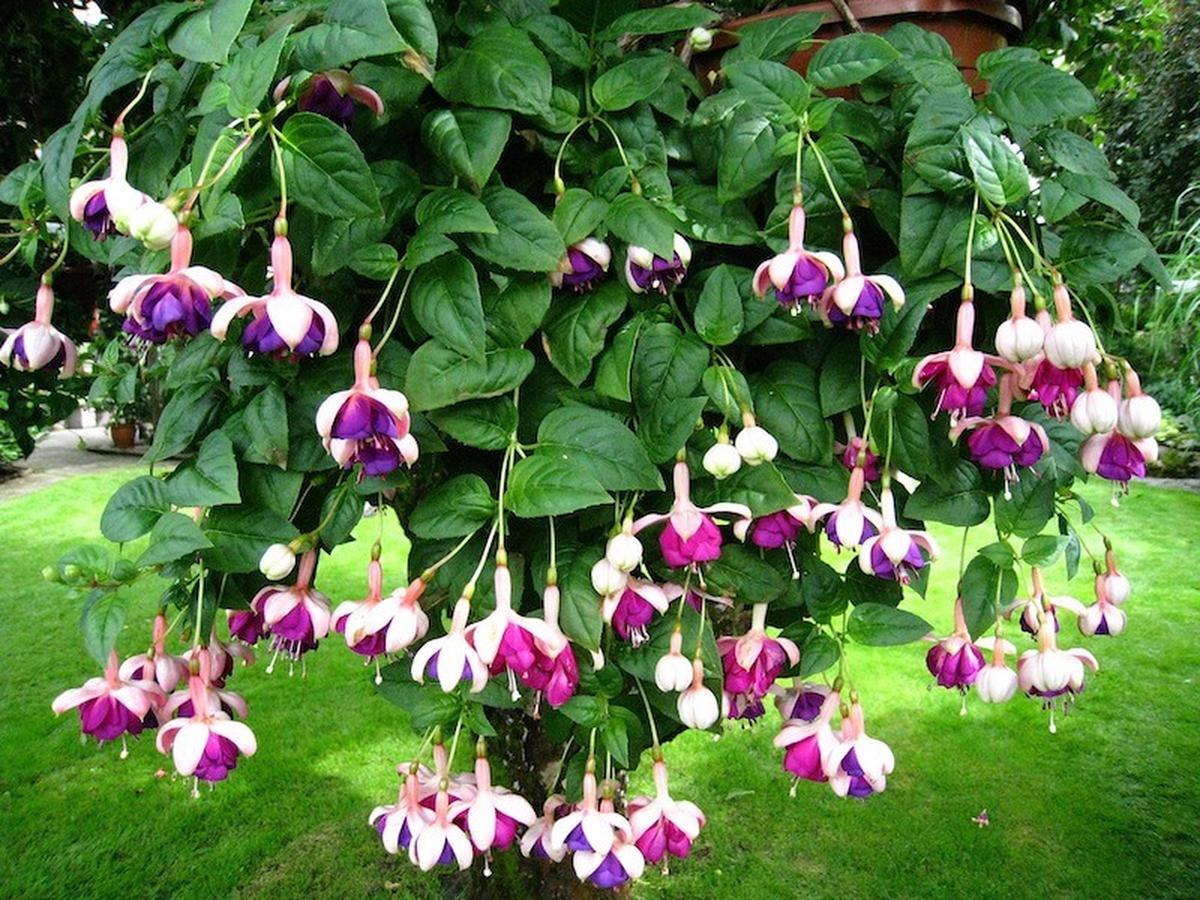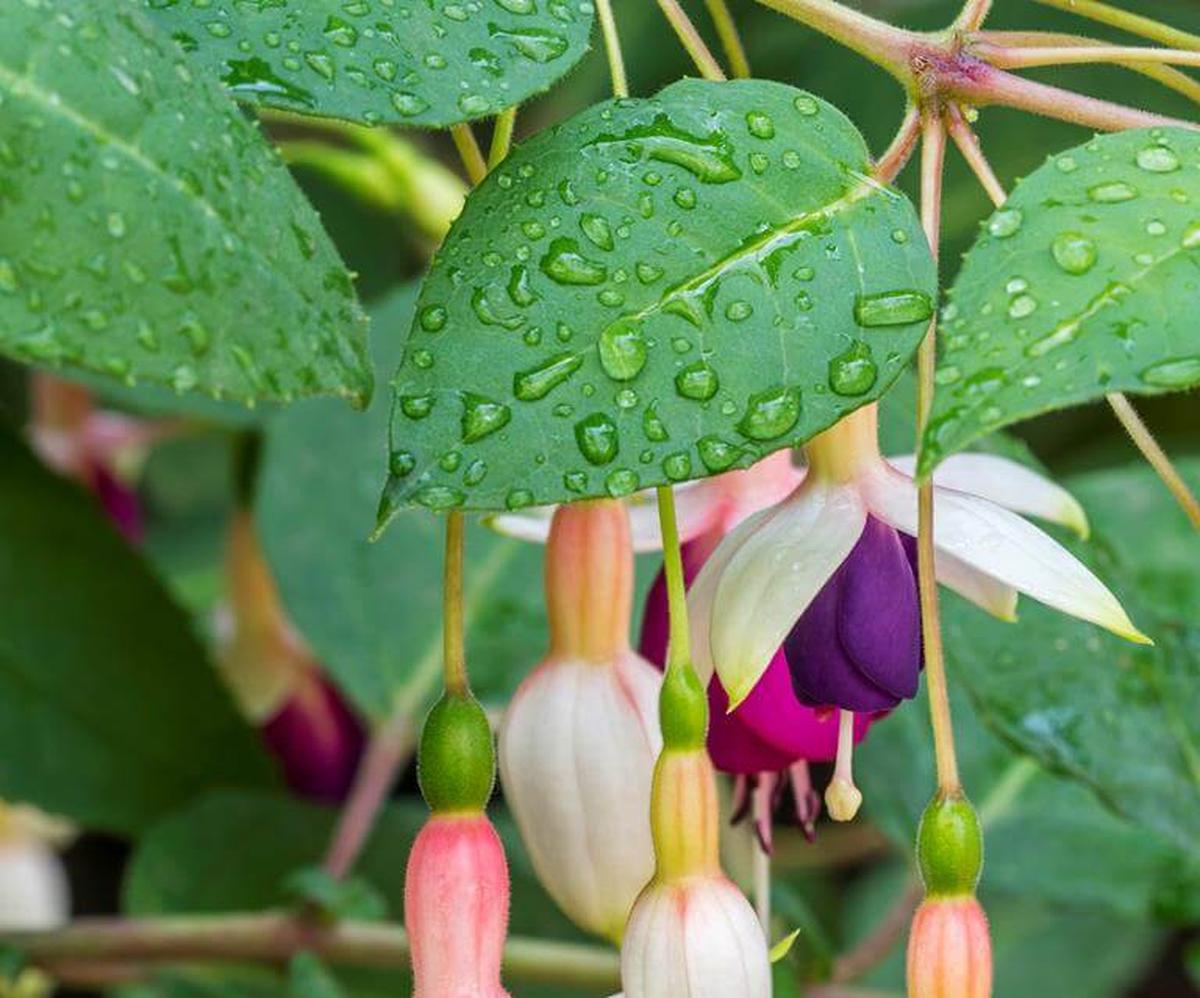Step-by-Step Guide to Growing Stunning Fuchsia
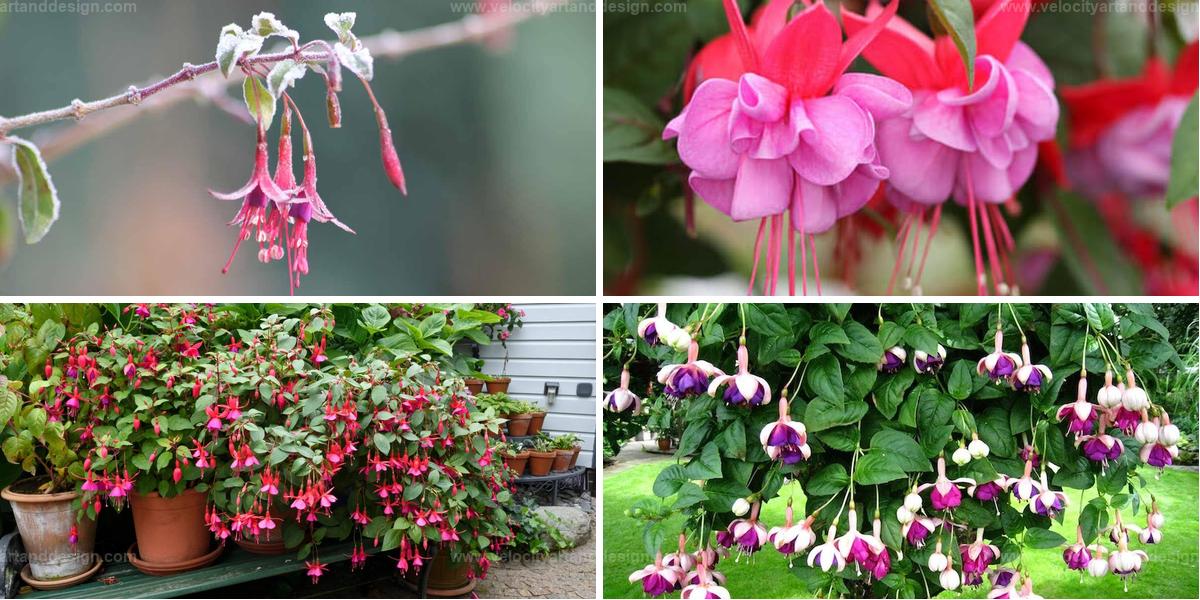
Growing beautiful fuchsia adds vibrant color and charm to any garden. This plant brings a touch of elegance with its unique blossoms, making it a favorite for both beginners and seasoned gardeners.
Proper care ensures healthy blooms and enhances its natural beauty. Ideal conditions can make the plant thrive, with careful attention to light, soil, and water.
A step-by-step guide simplifies the process, offering clear advice to help achieve stunning results. Here’s how to cultivate fuchsia effortlessly and bring its beauty to your garden:
Lights
Fuchsias, often thought to prefer shade, actually need plenty of sunlight to grow and produce blooms. For best results, place them outdoors where they receive direct sunlight in the morning or filtered light in the afternoon.
However, as temperatures climb, these plants require more shade and shelter. In hot, dry areas, fuchsias grow slower and produce smaller blooms.
Gardeners in such climates may need to use automated misting and provide extra shade to protect the plants. Fuchsias thrive best when summer temperatures stay under 85°F during the day or when evenings are refreshingly cool.
Temperature
When planting fuchsias outdoors or in pots, make sure nighttime temperatures stay above 50°F, as these plants are very sensitive to cooler weather. They grow slowly, typically about 1–2 feet each year.
Hardy fuchsias can handle brief frost if they’re well-rooted in the ground, covered with a layer of compost, and established in the soil. These hardy types often regrow from the stems after frost, but container plants need to be brought indoors during freezing weather.
For light needs, scarlet and orange-flowering varieties prefer full sun, while white and delicate types thrive better in the shade. If growing fuchsias as houseplants, keep them near a very sunny window, although they tend to do best outdoors.
When fuchsias seem to have more stems than leaves, try moving them to a brighter spot. Regularly turning the plant a quarter turn helps it grow evenly.
Lastly, if planting near trees, wait until the trees are fully leafed to find a good spot where the fuchsias will receive the right amount of light and shade.
Soil
For healthy fuchsias, plant them in humus-rich soil if they're in the yard, or use a light, airy potting mix if they're in containers.
Containers made of wood, fiber, or terracotta are ideal since they allow the roots to breathe and help keep them cool.
Terracotta pots are also great because they dry out faster, preventing water from sitting too long.
Watering
Fuchsias like their soil to stay moist, but not too wet. Water the plants when the top layer of soil starts to feel dry.
If the plant is blooming and the weather is hot and dry, you may need to water it once or even twice a day. If you see a plant wilting in the middle of the day but the soil is still damp, avoid watering; the roots could suffocate.
Instead, gently mist the leaves to cool them down and, if possible, move the plant to a cooler spot.
Fertilization
The way you care for fuchsias in March and April makes a big difference in how well they grow and bloom in summer. Start with a light, weekly fertilizer routine in early spring.
Use a balanced, water-soluble fertilizer each week, then switch to a “bloom” formula when flowers start to appear, but keep some nitrogen in the mix since fuchsias continue to grow. Indoor fuchsias also need regular feeding because they have limited soil and are watered often, which uses up nutrients.
For regions with harsh winters, stop fertilizing in fall to help the plants prepare for dormancy. Most fuchsias need long days to bloom, but if the weather stays mild, some types, like F.
Triphylla hybrids, can flower all year.
Prevention Of Pests And Diseases
Whiteflies can be a big problem for fuchsia growers in greenhouses or warmer climates. To keep early whitefly infestations under control, try regularly removing infected leaves, using water sprays to flush out adults, and cleaning the plants.
Neem oil or insecticidal sprays can also help lower whitefly numbers, though they won’t remove them entirely. Remember to check under the leaves and test any spray on a small part of the plant first to avoid damaging the delicate leaves and flowers.
Another pest to watch for is the fuchsia gall mite, a tiny bug that feeds on the plant's sap and causes it to become twisted and rough, similar to curled peach leaves. The flowers, leaves, and stems may grow larger with prickly, galled spots where the mites hide and multiply safely.

